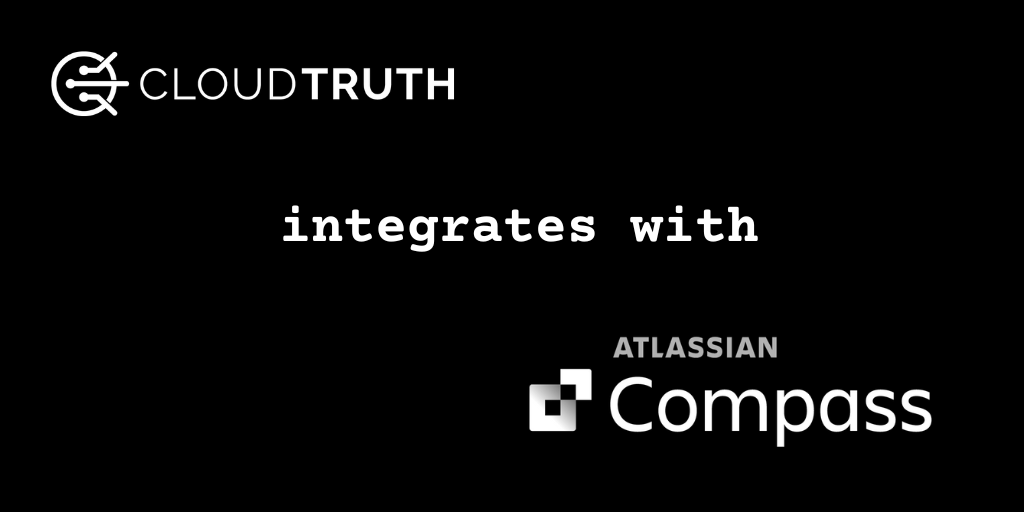
This is the fifth and final post of our five part – The Rationale Behind CloudTruth series.
In the early stages of development, many companies benefit from a simple, monolithic setup for their cloud infrastructure. If you’re lucky enough to scale past that initial period, you’re bound to evolve into a significantly more complex operation, with a wide array of intertwined capabilities that all require coordination and oversight. It’s common to develop informal contracts in lieu of an explicit management system, but to effectively address rising complexity long-term, it’s essential to start formalizing those contracts through a centralized solution.
What does this look like in practice? When you’ve survived long enough to grow out of the monolith phase, you’ll likely begin looking for ways to reduce complexity by decoupling your various cloud tools. This decoupling is vital for growth, since it ensures that your teams are able to deliver new features in a timely and resilient fashion. However, it doesn’t all come up roses in the land of scale.
In most cases, decentralization is likely to put a significant communication burden on your entire team. Teams need to invest significant effort in order to ensure that each component is configured correctly — and in concert with every other component — in developing comprehensive communication systems. The people who are responsible for authoring these components may not be the same as those who have to maintain them at runtime. That can create a whole host of coordination challenges, as the teams tasked with resolving ongoing issues around key tools might not have any existing mechanisms for collaborating with and learning from the teams that initially configured those tools. Moreover, these disparate services can often interact in surprising ways, meaning that teams might end up stepping on each other’s toes when configurations in one system unexpectedly cause problems in another (seemingly-unrelated) system.
In order to address these challenges, many organizations will begin to develop informal contracts between both different tools and different departments, clarifying how everyone should be interacting. You may not even realize it, but your components likely already have some form of contracts defining the configurations that affect them. Certain components may have a set of predefined configurations that are associated with them, limiting the scope of troubleshooting when a problem occurs. On the human coordination side, your team may have developed informal, habitual agreements to govern who is responsible for monitoring different elements of the overall system.
These informal contracts are a great place to start, but they’re an imperfect, patchwork solution to a problem that isn’t going anywhere. In order to really get a handle on your modern, interconnected cloud tech stack, you need to formalize that network of contracts into a consistent, comprehensive system.
When you formalize the contracts governing your cloud infrastructure, you gain the benefits of a centralized driver of configurations across your system.
This ultimately increases the reliability and efficiency of each component part, as well as the robustness of the entire setup. While there are a variety of approaches, the most effective way to create a formal system of contracts is with a third-party configuration management tool. A tool like this can provide continuous, real-time visibility into exactly how each component is configured, how different components can interact with one another, and which systems or teams are responsible for managing each of these areas. This comprehensive visibility into the cloud stack provides both macro- and micro-level insight, enabling more effective coordination on everything from the smallest configuration changes to system-wide updates.
To learn more about how a configuration management solution can help you formalize the contracts that govern your cloud systems, take a look at our recent white paper, or visit our website at www.cloudtruth.com. And if you’d like to take it for a spin yourself, schedule a demo today!
Join ‘The Pipeline’
Our bite-sized newsletter with DevSecOps industry tips and security alerts to increase pipeline velocity and system security.



